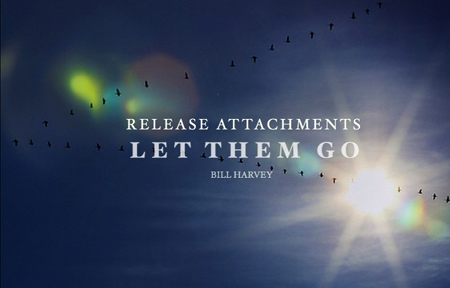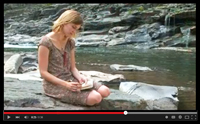updated May 8th, 2020
The worldwide calamity has increased our tendency to live in fear. Fear is like an alarm clock, designed to alert us to make apt decisions soon. We don’t let the alarm keep ringing in the morning when it wakes us up, and the best reaction to fear is to focus objectively on what we can do. Fear is always linked to attachment, something we are afraid of losing, such as our lives, our loved ones, our livelihood, our lifestyle. But the real question is What action can we take that is the heroic and best response to the current moment? With the right self-observational techniques you can edge into a state of ultimate competency in meeting each moment, what scientists call the Flow state and athletes call the Zone – where you want to be at all times, but most especially in the present crisis. One way to achieve happiness in the present moment is to let it all go, assume that the worst will happen, but picture yourself standing strong and smiling through the worst that can happen. Distraction is always a problem but much moreso today when we are always crowded together at home (if we’re lucky to not be alone). This post delves into practical ways you can take yourself in hand and use your strengths to enjoy every second of life, otherwise what’s the point of wanting to live?
The two biggest blocks to the Zone/Flow state are distraction and attachment.

Attachment is also the only block to happiness, joy, delight, fun, ananda (or bliss, from Hinduism and Buddhism) — the natural built-in target state for all of us.
Attachment blocks happiness because one is fearful of losing the things one associates with happiness and tacitly assumes are requirements for happiness. When we are attached, we are also angry at whatever is suspected or known to threaten or take away those precious happiness-causing things.
“I am really attached to Pippin” (one of my cats) is a true statement for me because I love her. To experience love is not necessarily to be attached, though. To avoid confusion and getting lost in wordplay about whether attachment is a good or bad thing (because the word “attachment” is associated with the word “love”), I am using the term attachment to mean the inability to separate love from attachment and the resulting anger/fear syndrome.
The difference comes from the importance we give to keeping the “things” that give us happiness. If we truly appreciate the joy that has been created by our loves, joy that has been creating other good things through spontaneous Flow state creativity (which emerges naturally from joy and from love) it is still possible to not worry about losing any of those “things”. In fact, when we are in that state of not fearing loss, we are truly free.
A Process for Releasing Attachment
A powerful contemplation technique offered in Mind Magic (download free PDF here) involves burning out one’s attachments by intensely envisioning and feeling the loss of each separate thing one is attached to. This requires setting aside alone time, without a sense of time pressure. It requires immersion, concentration, patience as you go over the same material again and again. It’s probably best to focus on one object of your attachment at a time.
Give your imagination free reign like in a daydream. Imagine and see yourself go through the experience of the moment you lose something you are deeply attached to and visualize how it might happen. See it vividly from the inside, the way you experience life. Feel the feelings. Watch yourself in the daydream, the things you say in that situation, and the way you say them, and how the other person responds if the particular attachment involves another person. Let yourself actually feel the loss as if it is really happening.
Each time you go over the same imagined loss experience, you give the situation a more intelligent response. In your later iterations of the exercise, you will start to act like the hero you are in the daydream of the loss. You will begin to feel differently about yourself from that moment on — more confident, more self-respectful, more courageous, in fact less prone to fear and anger.
Through this process, you realize you are no longer attached to a particular outcome because you now know how you will respond if what you had feared ever happens.
Release attachments. Let them go. Happiness is the off-the-scale self-evidently best state one can experience in the emotional dimension.
 Watch short videos on cultivating Alone Space Contemplation.
Watch short videos on cultivating Alone Space Contemplation.
Happiness to all,
Bill
P.S. It can take some time for you to feel the effects of this technique internally, due to the interconnections among various ego circuits in your head. Be patient and persevere. And be happy. ![]()
Read the latest post at my media blog, “In Terms of ROI“ at MediaVillage.com
